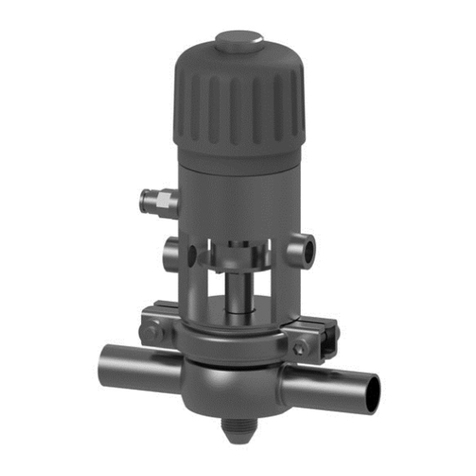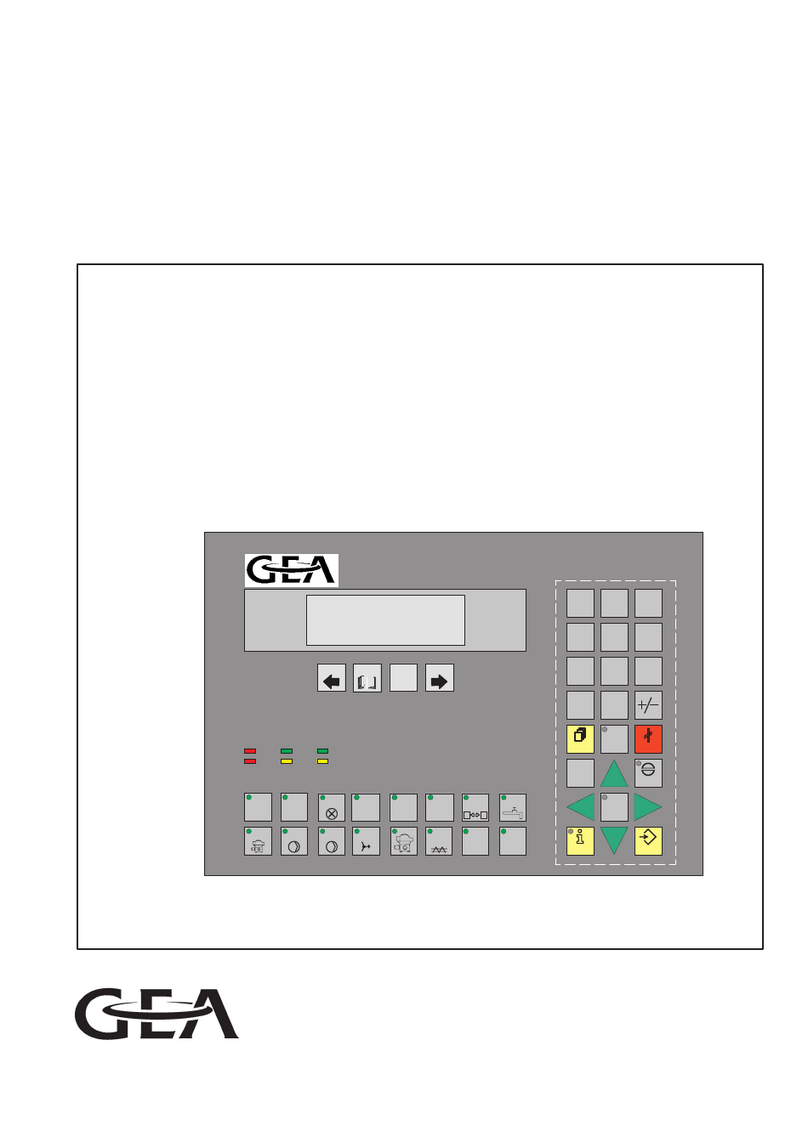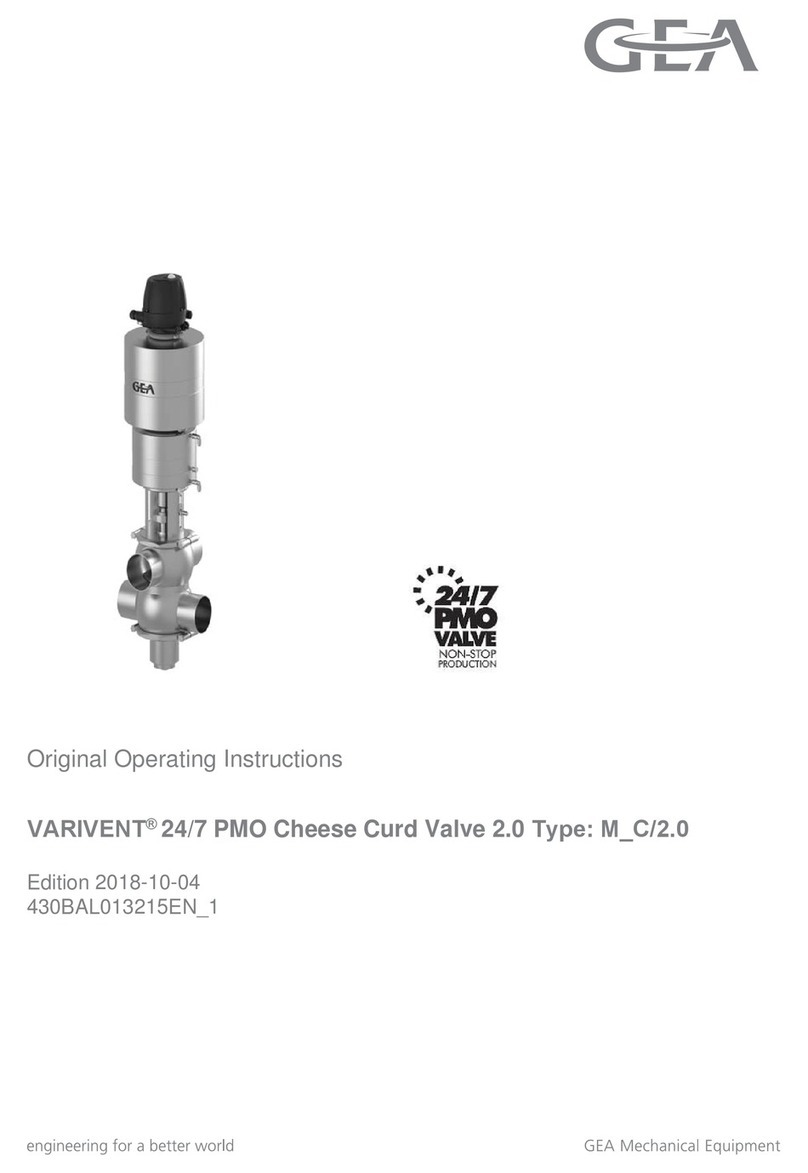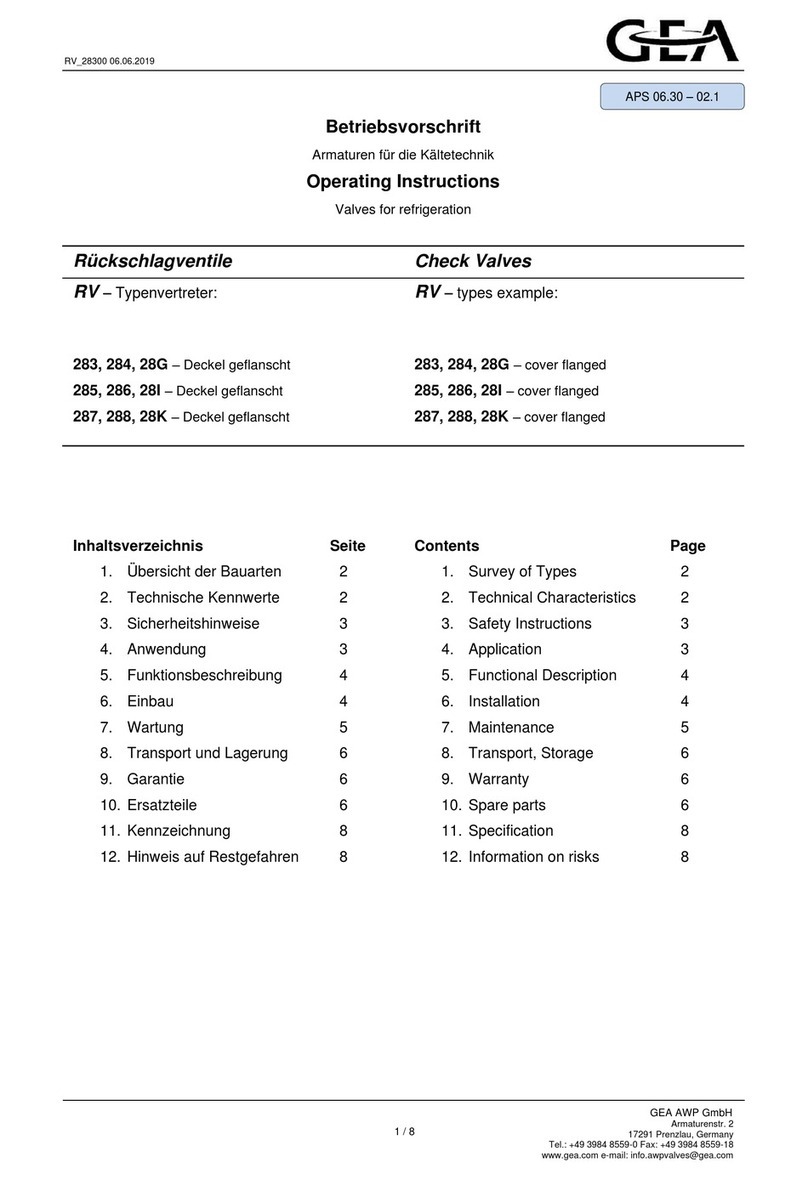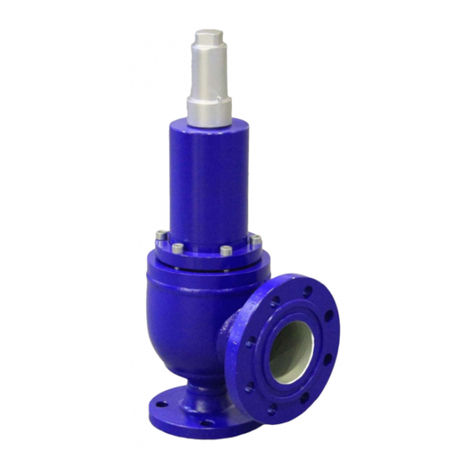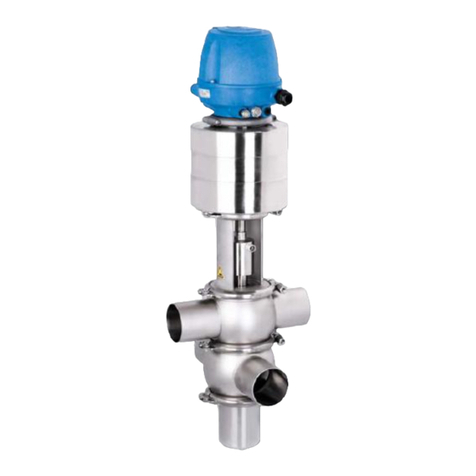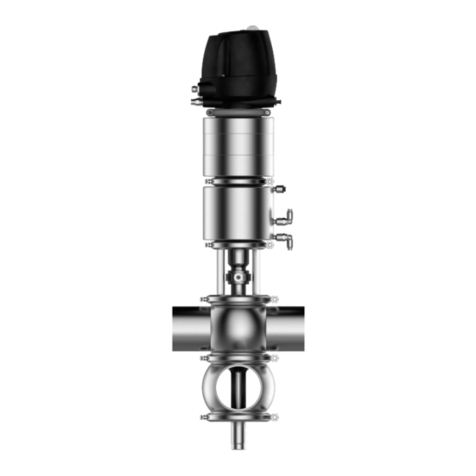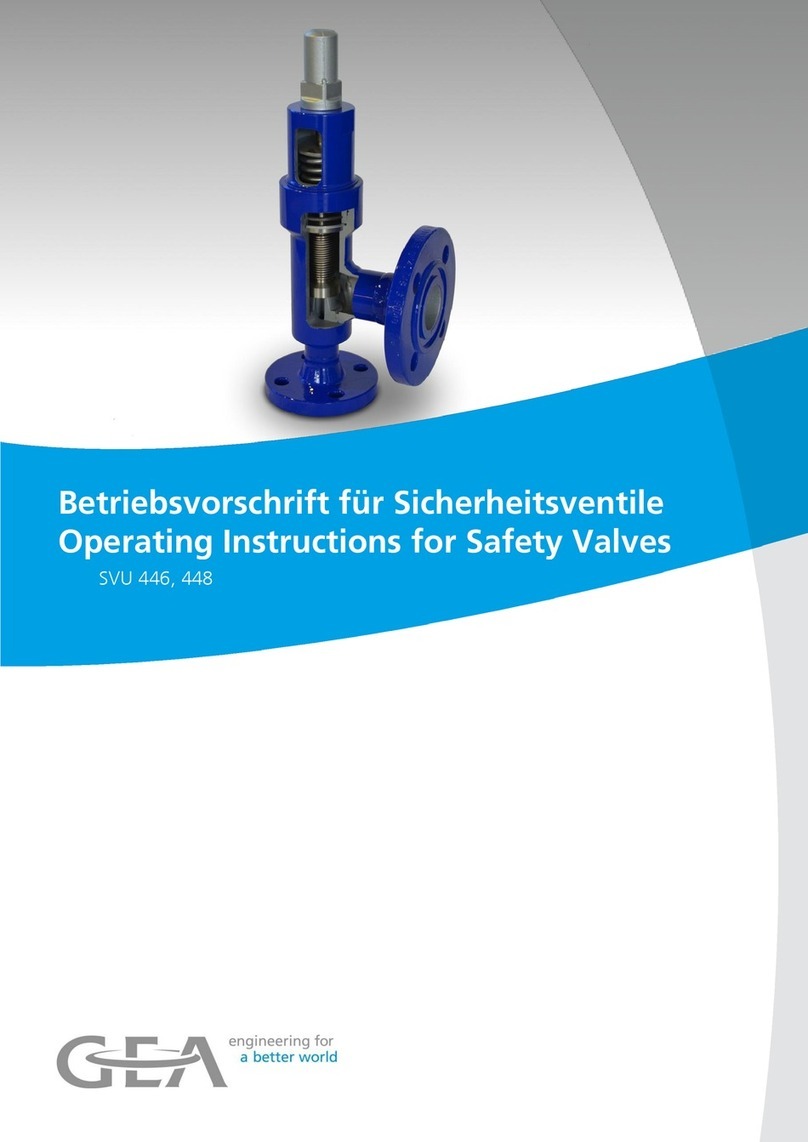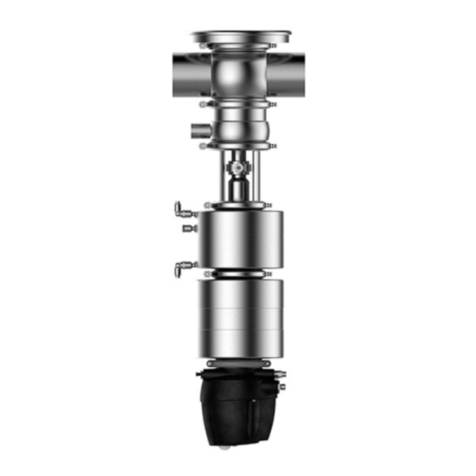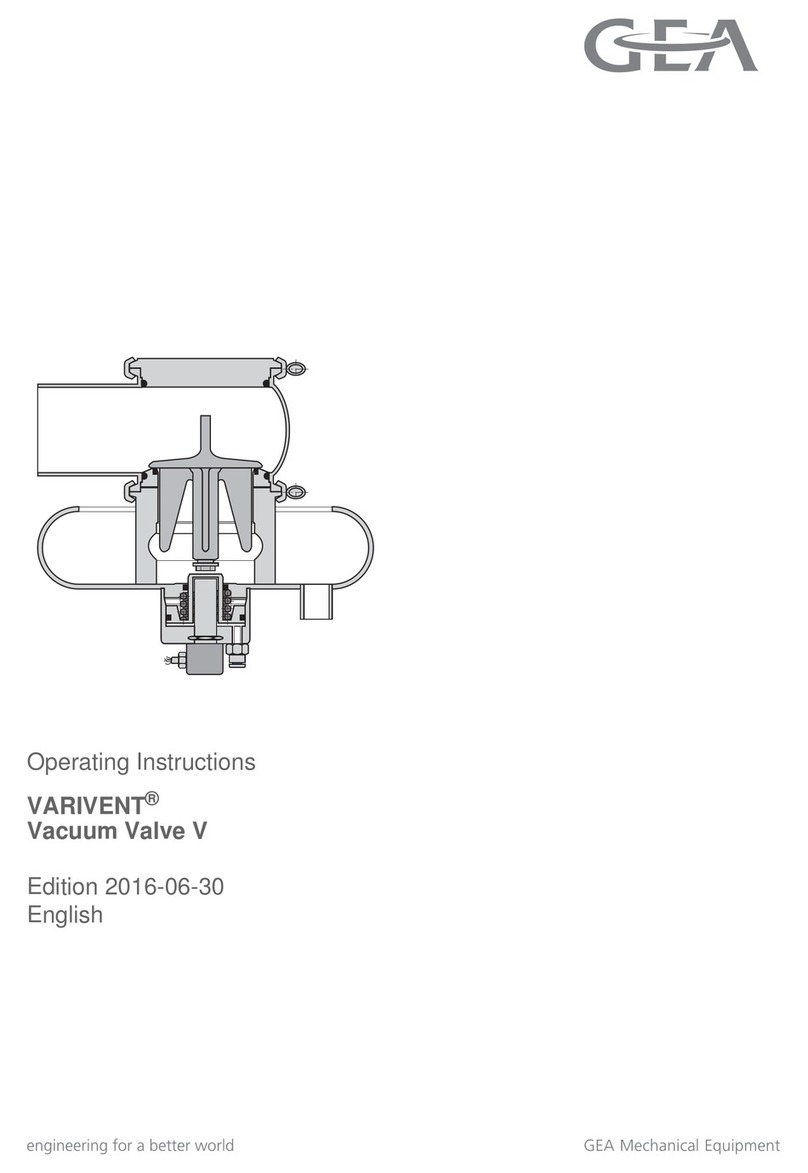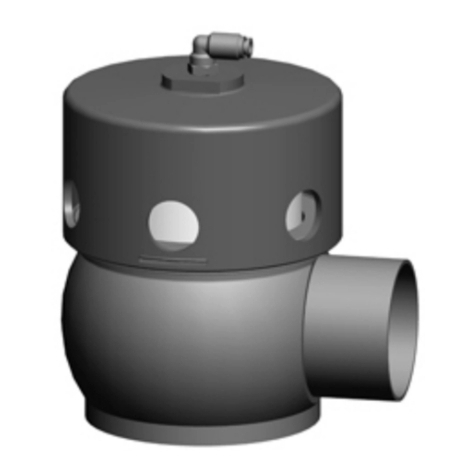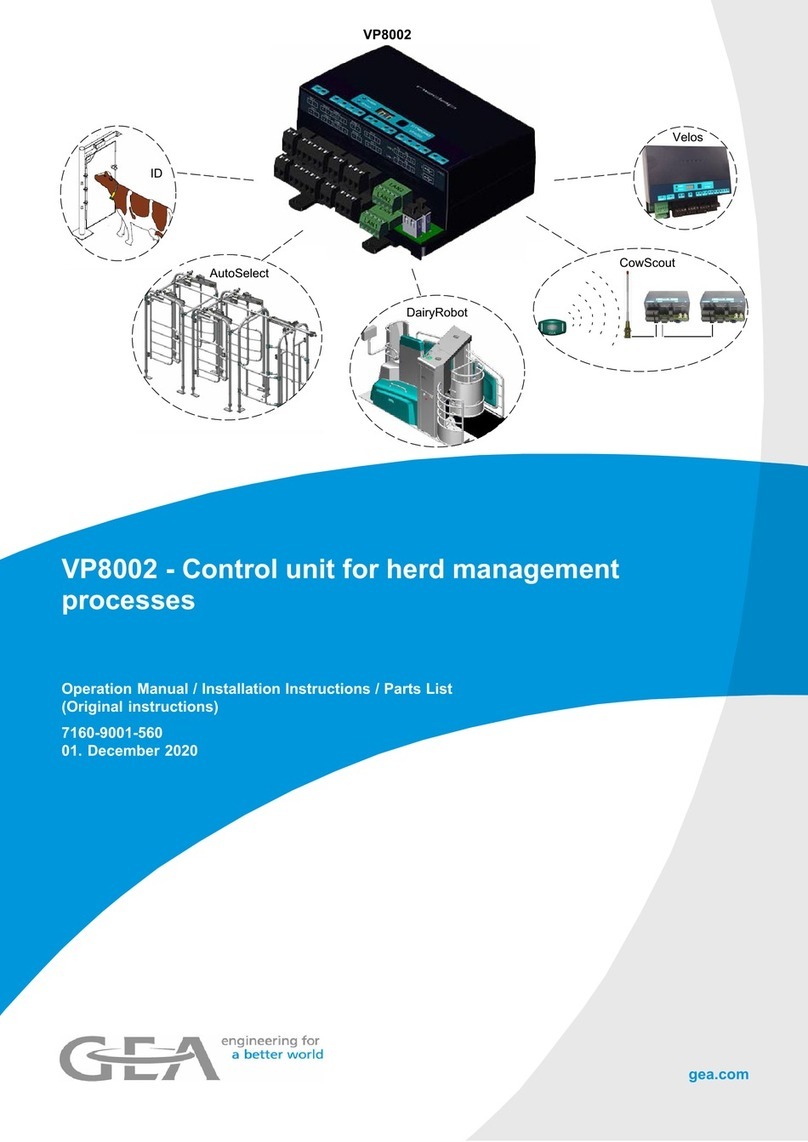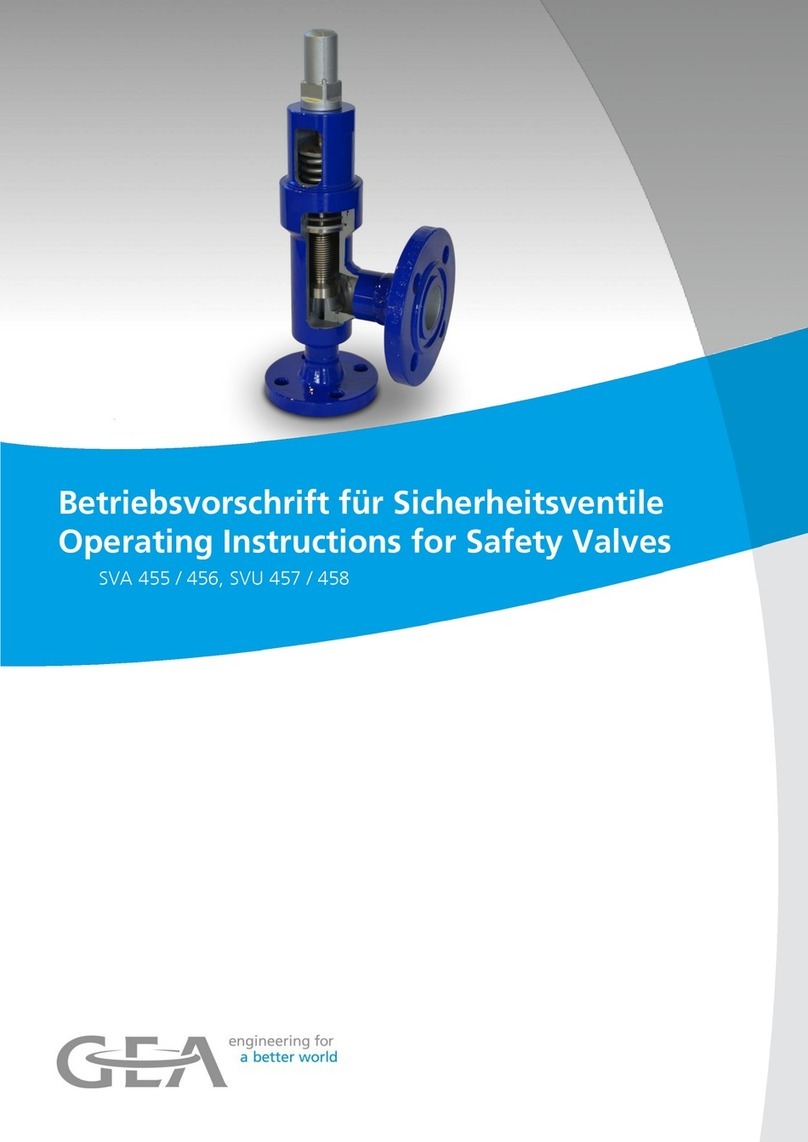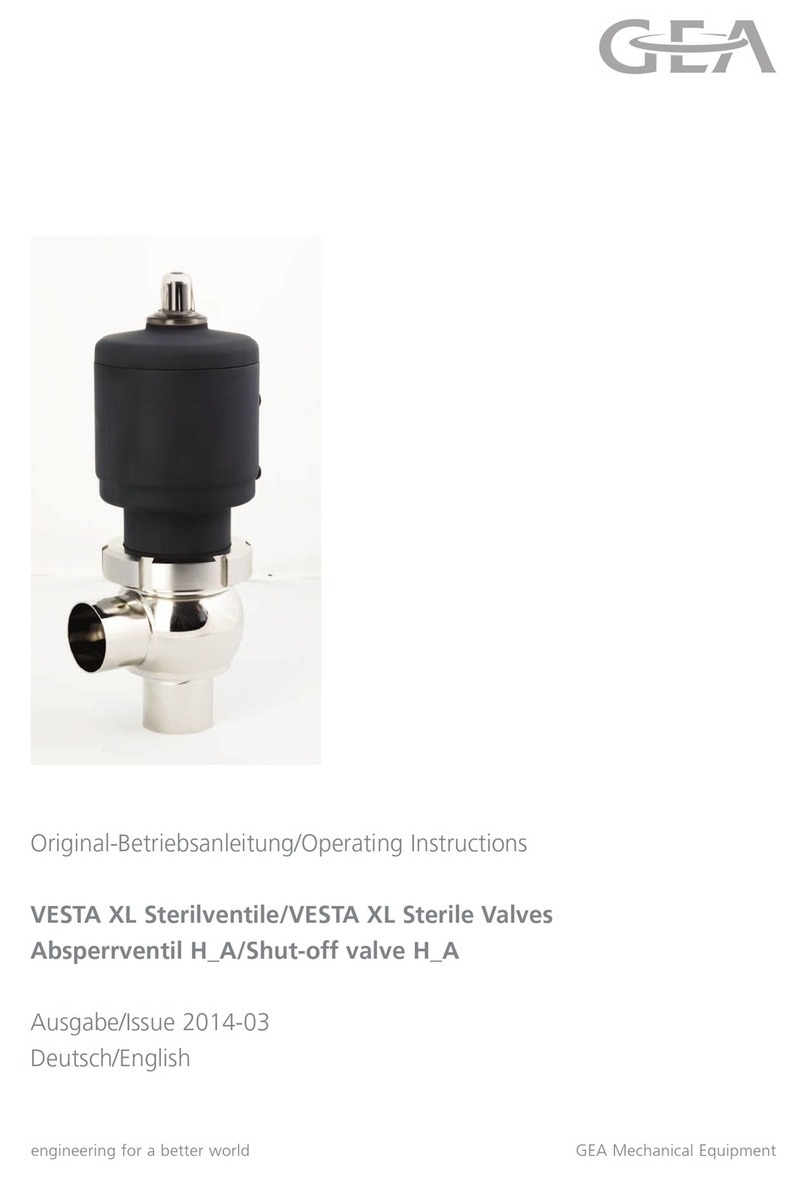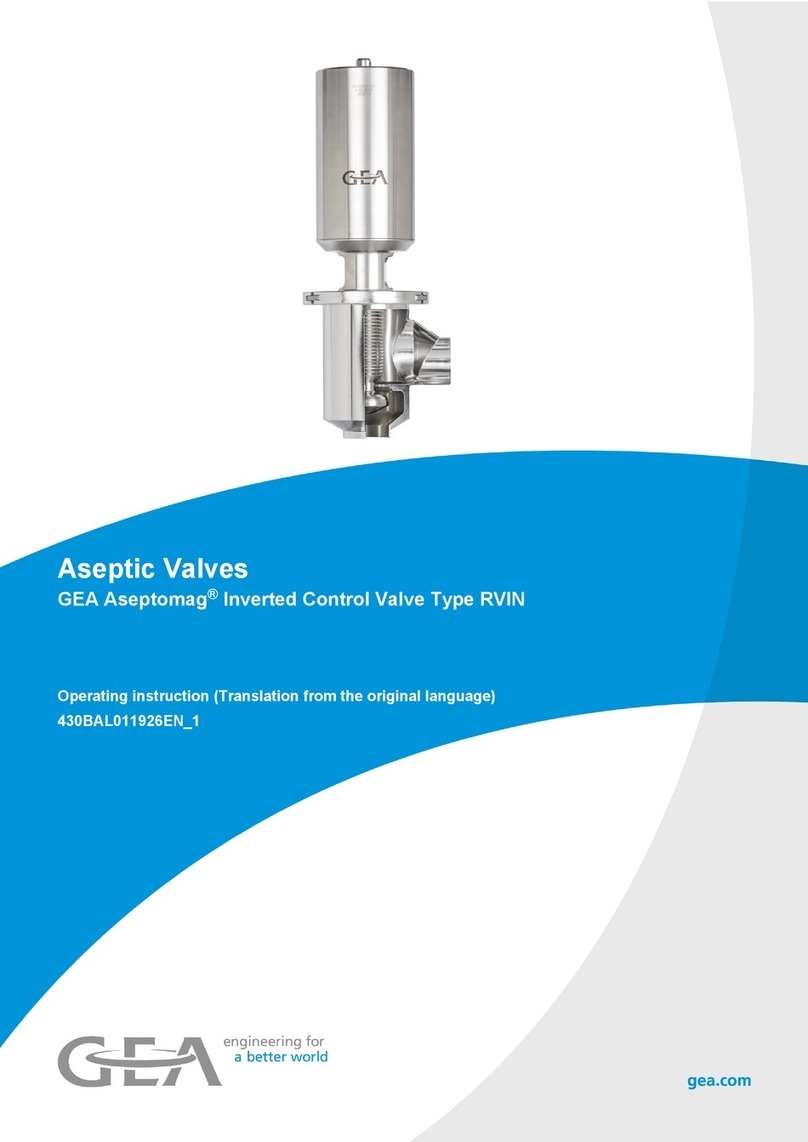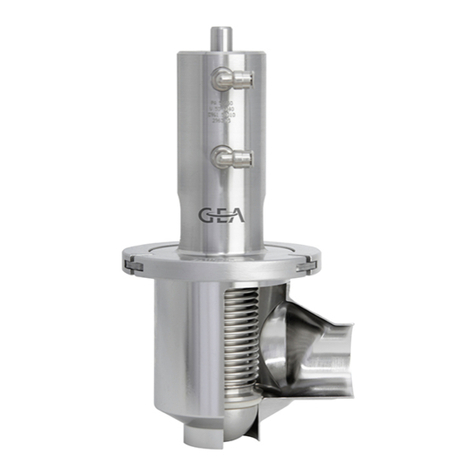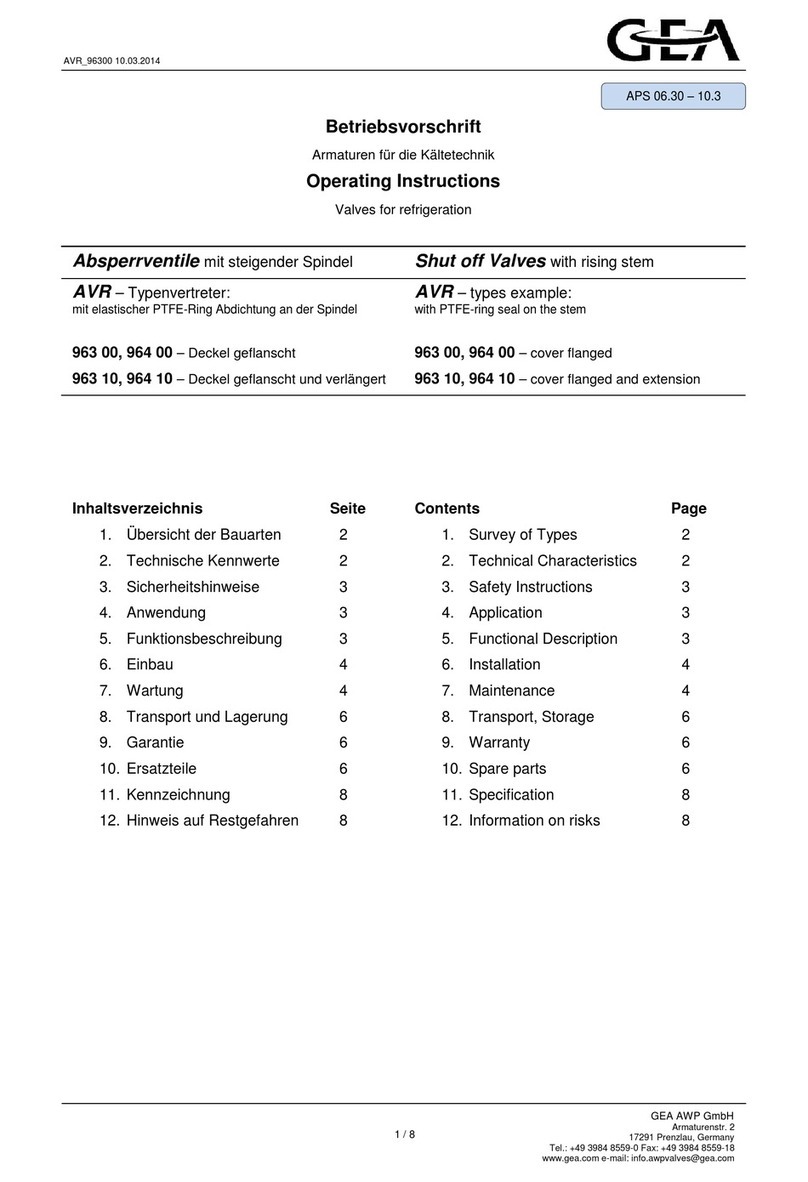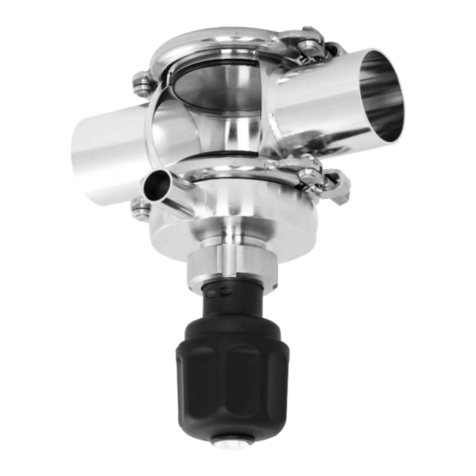
Aseptomag ® valve technology can also be used in ATEX protected areas.
However, the suitability of the component must be checked under consideration
of the respective conditions. Additional information will be made available upon
request.
2.1.4 Improper operating conditions
The operational reliability of the valve cannot be ensured under improper
operating conditions. Therefore avoid improper operating conditions.
Operating the valve is not permitted if
•Persons or objects are in the danger zone.
•Safety devices are not working or were removed.
•Malfunctions have been detected on the valve.
•Damage has been detected on the valve.
•Maintenance intervals have been exceeded.
•the position of the side valves is not adjusted to the process steps
2.2 Operator’s Duty of Care
The operating company of the component has a special responsibility for the
proper and safe handling of the component within their company. Only use the
component when it is in perfect operating condition in order to prevent danger to
persons and property.
This operating manual contains information that you and your employees need
for safe operation over the life of the component. Be sure to read these Operating
Instructions carefully and ensure that the measures described here are observed.
The operator's duty of care includes planning the necessary safety measures and
monitoring that these measures are observed. The following principles apply:
•Only qualified personnel may work on the component.
•The operating company must authorize personnel to carry out the relevant
tasks.
•Order and cleanliness must be maintained at the work stations and in the
entire area surrounding the component.
•Personnel must wear suitable work clothing and personal protective
equipment. As the operating company must ensure that work clothing and
personal protective equipment are used.
•Inform personnel regarding any properties of the product which might pose a
health risk and the preventative measures to be taken.
•Have a qualified first-aid representative on call during the operation. This
person must be able to initiate any necessary first-aid measures in case of an
emergency.
•Clearly define procedures, competences and responsibilities for those
working in the area of the component. Everybody must know what to do in
case of an emergency. Instruct the staff in this respect at regular intervals.
Safety
Operator’s Duty of Care
430BAL012841EN_1
10 07.03.2018



